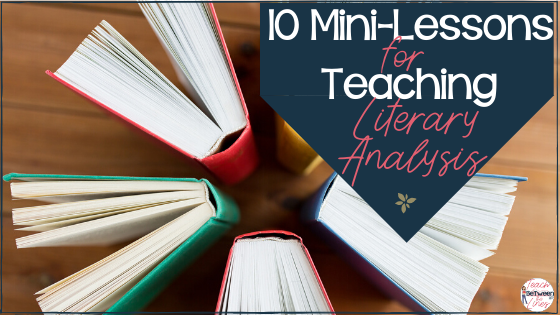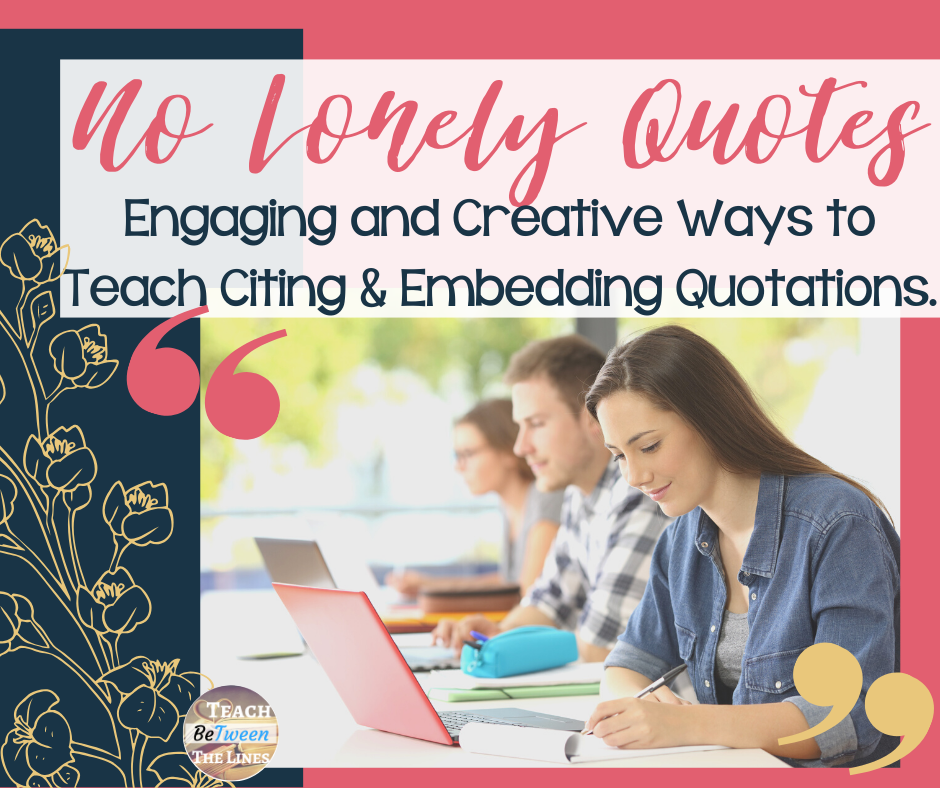Whether we are distance learning or learning in a traditional classroom, we are battling with engaging distractions more than ever before. Nearly all students carry with them a handheld computer that is often far more engaging than our lecture on thesis writing. So, how do we compete? How do we create interest and engagement while still pushing student minds to do the very hard work of learning? This is one of the biggest questions and challenges teachers face today.
Read moreEnding the Year with Memoir Writing. The Why and How – Even in Distance Learning.
When I first started teaching 8th and 9th graders (many moons ago), I made the fateful mistake of ending the school year with a research writing project. I thought students would be so engaged in the topics I selected for them. As it would turn out, this was not the case. So, I began to think about what writing topics would actually engage my students, especially in those final weeks. As I looked around my classroom at my naturally egocentric student body, I realized that the topic they would be most interested in writing about was themselves!
Read moreFormal Writing Lesson - Tips and Tricks to Teaching Formal Writing
Do you ever feel like you’ve got a one-track mind? As an English teacher, I feel like I tend to focus on just one thing at a time. If we are teaching sentence patterns, I’m all in on sentence patterns, or if we are learning citations, I am laser-focused on citations. Some people may praise my dedication and focus, but I’m not sure my one-track mind is always a good thing because while I may understand the why and how about the lesson or rule I’m teaching on, but sometimes students need to be taught the why and how explicitly.
Read moreArgument Writing through Distance Learning - the Why and How.
his has been one of the most interesting, surprising, and downright challenging spring seasons I have ever experienced. My students are home learning online while I try to teach them from my own home. My own children are home, learning from their teachers who are also at home. Never in my life did I think I would write those two sentences (or use the word home so darn much) but here we are. We officially start distance learning on Monday, so I have been working on a distance learning unit for my students. Though we are a 1:1 school, I will need to plan for a few students who will have limited internet access during this time. We have decided to continue learning digitally, and provide packets (mailed home) as well. With all of this in mind, I am moving forward with my digital argumentative writing unit with several of my groups.
Read moreTeaching Students to Counterargue Effectively
Students are terrific and energetic arguers. Even the non-confrontational ones tend to pick a side of an argument and latch on to it with complete conviction and excitement. Units like debate and mock trial feed a teenager’s argumentative side, and students often thrive in these environments.
Not too long ago, a few students of mine were creating a sports podcast as part of a choice project. The first segment of their podcast was to highlight and discuss who each boy believed was the best quarterback of all time. One chose Tom Brady, and the other chose Peyton Manning. As they were researching (and boy did they research!), the boys became fixed on a particular fact that they found. They found a good, citable point, and I saw an opportunity to practice creating counterarguments as a class.
Read moreUsing Stations in the Secondary ELA Classroom
Stations are not just for elementary classrooms! They are an excellent way to increase engagement in the secondary ELA classroom.
My favorite ways to included stations:
Mentor Text Stations
Grammar Stations
Vocabulary Stations
Peer Editing Stations
Carousel Brainstorming Stations
Gallery Walk Stations
10 Mini-Lessons for Teaching Literary Analysis
As soon as I would say the word “analysis” in my classroom, my students would groan, slumping down in their chairs, flailing their hands for dramatic effect. I get it. Writing responses to literature can be difficult, even for high school students. This was especially true when the analysis didn’t have a specific prompt for students to follow. They became overwhelmed, unsure of where to start. It was when I started teaching how each element fits together in a narrative that they started to really produce incredible pieces of writing focused on a true analysis of the text. They started explaining how the dynamic characters and their conflicts throughout a story shape the theme. Papers had quotations, with correct citations, as evidence to support their claims. My students were excited about what they were learning and writing!
Read moreReflection One Pager – A Reflection Activity Your Students Will Actually Enjoy!
I am always searching for ways to get my students reflecting on their learning. After each large assignment, group activity, and/or essay, I am begging my students to actually put some depth of thought into said reflection – thought that might actually help them grow as learners. I had the traditional reflection questionnaire worksheet that I handed out after each activity. The grumbles I heard sounded like earth quakes tearing open the floor beneath my feet. They hated it. So, I began to hate it. I questioned whether this was a valuable use of class time.
Read more
No Lonely Quotes! Engaging and Creative Ways to Teach Citing and Embedding Quotations.
No Lonely Quotes. This gets my students attention every year! A lonely quote is a quote that has been thrown into the middle of the paragraph without any of the author’s/student’s words. It sits all alone, abandoned right there in the middle of a paragraph. This description, which I play up with as much emotion as any teacher-actor could muster, really helps my students to see that they cannot simply quote a sentence of text without leading into and/or out of that quotation with their own words. Then, as my students write their paragraphs, either literary or informational, I can remind them not to abandon those quotes within their paragraph- cue the waterworks!
Read morePaired Passages: The What, Why and How to Get You Started!
The What
I love using paired passages in my classroom. Whenever I ask students to read a longer text, a book or a memoir, for example, I bring in multiple paired passages to meet multiple power standards within that unit. I might bring in poetry to my To Kill a Mockingbird unit, or nonfiction to pair with my short story unit. I can add in a one or two-day lesson to have students compare similar themes shared with a variety of mediums.
Read moreBook Chats: A Silent Discussion Technique You Will Love!
When I teach a whole class novel, one of my favorite ways to get students to chat about that book is through a book chat notebook. Through this notebook, students will conduct silent discussions with students from my other class periods.
Read moreGrammar Games for the Secondary ELA Classroom
As an English teacher, I know how important mechanics, grammar, and punctuation are to any writing endeavor. However, I also know how dry and boring these lessons can become if we simply diagram sentences with students. For years, I have been searching for ways to ‘gamify’ my classroom a bit more to increase engagement in content learning. Last month, I wrote about my argument games- five games to incorporate into your argument/persuasive writing unit. Like these games, my grammar games work to practice these challenging skills in a fun, collaborative, and even competitive manner. Check these out to ‘gamify’ your grammar lessons and get your students excited about sentence structure and punctuation!
Read moreSupporting Struggling Writers: 6 Strategies for Turning Struggling Students into Successful & Confident Writers!
Use these 6 strategies to build confident and successful writers in your classroom!
Read more












